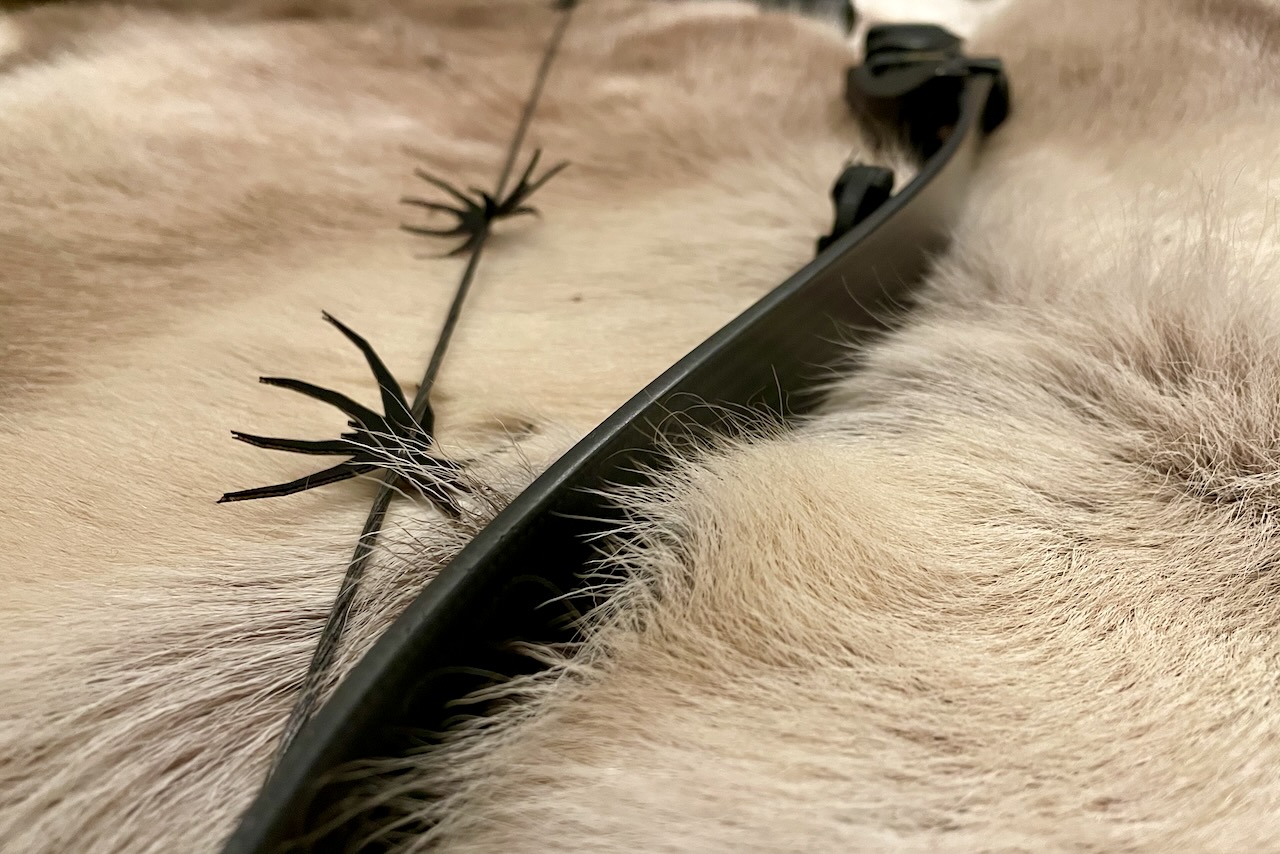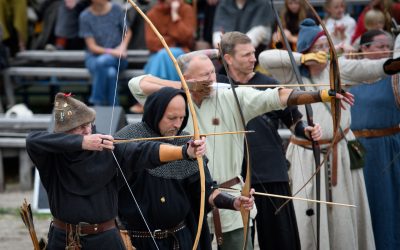In modern archery, string silencers are a popular addition to reduce the tell-tale “twang” of the bowstring. Whether made from rubber, synthetic materials, or traditional fur, these small additions help dampen noise and vibration, especially for hunters needing to remain undetected. But were string silencers a feature of medieval bows, or are they a modern innovation? Let’s explore this fascinating topic.
Medieval Priorities: Function Over Silence
Medieval archers, particularly those wielding the iconic English longbow, had one focus: practicality. Their bows were tools of war and hunting, prioritizing durability, power, and reliability over refinements like noise reduction. In the heat of battle, the sound of a bowstring was the least of anyone’s concerns, drowned out by the clash of weapons and war cries. Even in hunting, where stealth was essential, medieval hunters likely relied more on careful positioning and movement than on modifying their equipment.
This simplicity extended to the construction of their bows. Longbows, made from yew or other hardwoods, were strung with linen or hemp strings. These materials, naturally softer than modern synthetic strings, may have produced less noise on their own.
Damping Noise Naturally
While string silencers as we know them didn’t exist in medieval times, certain aspects of traditional archery may have reduced noise incidentally:
- Waxing the String: Archers regularly waxed their bowstrings to protect them from wear and moisture. This could have unintentionally reduced string vibrations and noise.
- Natural Materials: The use of organic materials, such as linen strings and wooden bows, likely created a softer, less sharp sound compared to the high-tension materials of today.
- Bow Design: The long, simple construction of the medieval longbow inherently reduced vibrations that cause noise, especially compared to modern barebow with their many gadgets and uneven tillering.
Despite these natural benefits, there is no archaeological or historical evidence suggesting that medieval archers intentionally added silencers or other devices to their strings.
A Modern Innovation
The string silencers we see today are largely a modern innovation. Invented with hunters in mind, they are designed to absorb vibrations and significantly dampen the sound of the bowstring. Materials like beaver fur, rubber, or synthetic or woolen yarn are tied to the string, effectively muffling the noise that could alert prey to the archer’s presence. The effect can also really lower the vibration in the handle of traditional recurves and longbows.
In medieval Europe, this level of noise control likely wasn’t needed—or even considered. The idea of attaching fur or other materials to a string might have seemed impractical when speed and simplicity were essential to survival and success.
Could Medieval Archers Have Used Silencers?
While there’s no concrete evidence, it’s possible that medieval hunters or archers in particular contexts might have experimented with ways to reduce noise. Natural materials like leather or fur could theoretically have been used to muffle sound. However, such efforts would likely have been rare, isolated practices rather than widespread tradition.
Conclusion
String silencers, as we know them today, are a product of modern archery, born out of the needs of contemporary hunters and target shooters. Medieval archers, with their focus on practicality and efficiency, probably didn’t see the need for such refinements. Any noise reduction in their equipment was more likely a fortunate by-product of their materials and construction rather than a deliberate design choice.
So, while the idea of a medieval archer tying beaver fur to their bowstring might make for an entertaining thought, it’s safe to say that string silencers are firmly a modern addition to the world of archery.





0 Comments